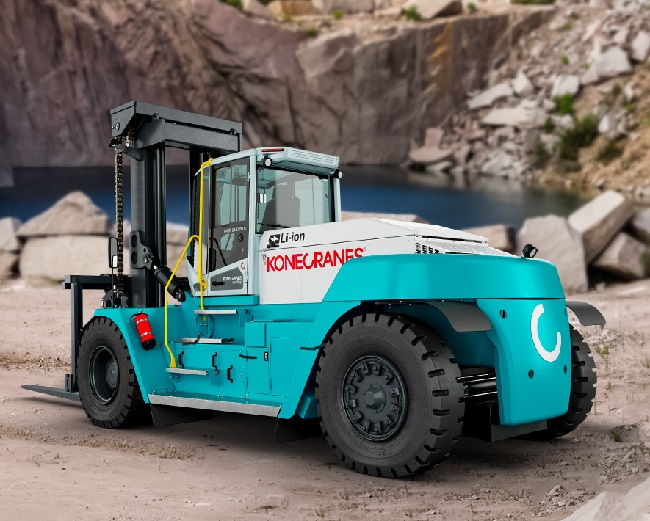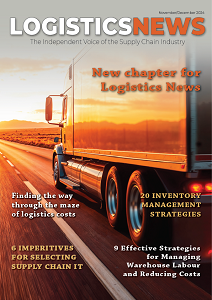From safety and security considerations, to space optimisation and the ability to manage increased cargo volumes, container operations face complex challenges. That’s why the right material handling equipment should not be something they have to worry about when trying to keep supply chains moving smoothly.
When choosing heavy lifting equipment, container operations need to consider several critical factors, notes National Product Specialist of CFAO Equipment’s Heavy Lift division, Lenny Naidoo”:
Know your weights and heights
Naidoo says heavy lifting equipment must be able to handle the maximum weight of containers and cargo that is being lifted. In addition, the reach of the equipment (the length of the booms or reach stackers) must be able to stack containers at the required heights.
Speed and efficiency for better workflow
Speed and efficiency are crucial in busy container yard operations. Equipment should be reliable and able to work quickly to ensure a smooth flow of containers. Delays can be avoided when equipment is manoeuvrable and easy for operators to use.
Safety not an afterthought
Heavy lifting equipment needs to be stable to prevent tipping during operation, which means it needs a low centre of gravity in the wheelbase, as well as various stabilising features such as counterweights. This is particularly important when handling large or top-heavy containers. Other safety features, such as load-sway control and operator assistance technologies, can also help reduce the risk of accidents.
Durability for rugged work
Equipment must be able to endure the rugged working conditions of container yards. Not only is the equipment exposed to the elements, it often has to withstand long hours of operation. Under these circumstances, equipment that is easy to maintain and has easy access to spare parts is preferable. A good support network and training for operators are also essential for minimising operational disruptions.
Getting the ROI to add up
The upfront cost of acquiring heavy lifting equipment is a critical consideration. This includes not just the purchase price, but also installation, training and any necessary infrastructure changes such as electrical upgrades. Additionally, it is important to factor in the estimated long-term operating costs, including fuel efficiency, energy consumption and routine maintenance.
Eco-friendly operations
As operations strive to reduce their carbon footprints, the sustainability and eco-friendliness of equipment has become increasingly important. As an electric vehicle, Heavy Lift’s E-VER electric forklift (in pic) produces zero emissions during use, making it an ideal choice for operations aiming to reduce their carbon footprints. Not only are electric forklifts environmentally friendly, but they also cost less to operate. When electricity rates are stable, charging an electric forklift is generally more affordable than refuelling with diesel. Additionally, with fewer moving parts, electric forklifts require less maintenance, resulting in lower overall costs.
Getting the balance right
By balancing these considerations – capacity, operational efficiency, safety, durability, cost and sustainability – container yards can choose the right heavy lifting equipment to enhance their productivity and support safe and effective operations.

.jpg)


